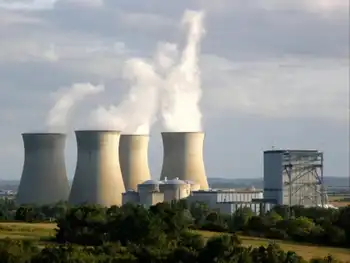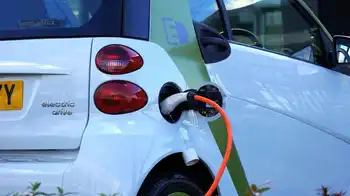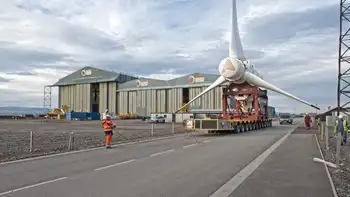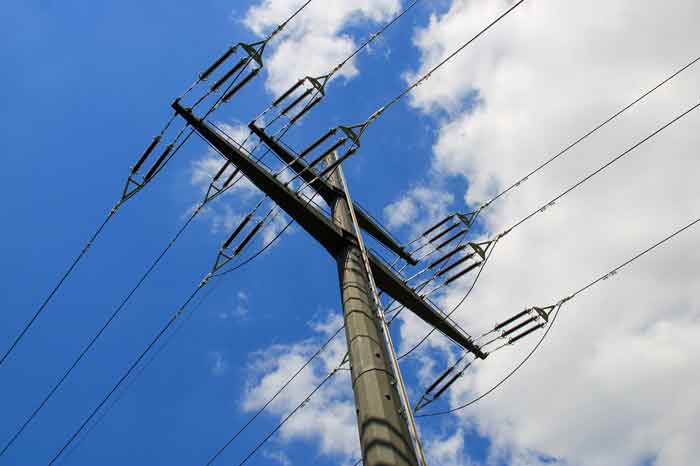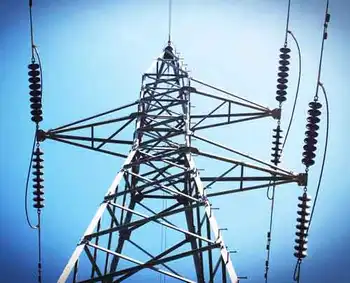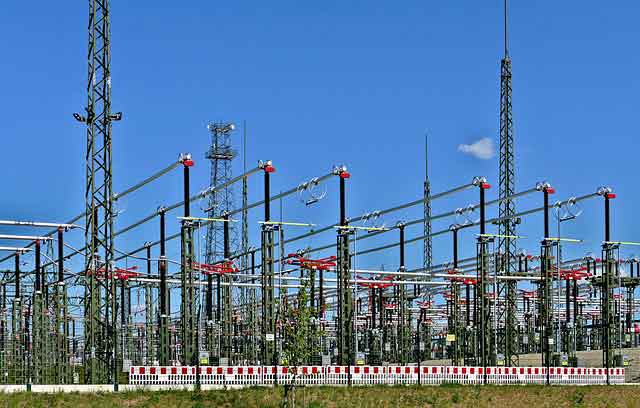Germany approves CCS, giving hope to coal plants
By Industrial Info Resources
NFPA 70e Training
Our customized live online or in‑person group training can be delivered to your staff at your location.

- Live Online
- 6 hours Instructor-led
- Group Training Available
Strict safety clauses are attached to the process, as the technology involved is still in its early stages. The proposed CCS infrastructure and technology should ensure storage of carbon waste underground for an indefinite period of time without harmful effects to the human population and the environment.
Companies will be required to sign insurance agreements or make hefty security deposits. They will also be responsible for operating the CCS facilities for a period of 30 years after the decommissioning of power plants that use the facility before being able to transfer the management to the federal government. The companies will also be required to submit proof of long-term safety measures.
The government plans to review the process in 2015 to determine the financial and technological viability of CCS. However, the basic framework of the guidelines for pilot projects is already in place. Pilot and demonstration projects subject to these guidelines will function for the next 10-15 years in order to prove and test the technology before applying it in large commercial ventures after 2020.
Apart from local projects, the review will also include results from CCS projects across the globe.
Three pilot programs are already under way in Germany. Vattenfall AB started work on the world's first CCS project in September 2008 in Lausitz in eastern Germany. As part of the pilot project, a 30-megawatt (MW) thermal unit was constructed over a period of 15 months at the firm's Schwarze Pumpe plant at a cost of $94 million.
The pilot project is based on the oxyboiler technology supplied by Alstom SA. It houses the complete infrastructure of the oxyfuel process, right from oxygen production to refining and compression of CO2.
GDF Suez SA will use the captured CO2 to store and enhance gas recovery from Altmark, which is Europe's second largest onshore gas field.
Vattenfall also plans to set up a $1.34 billion, 500-MW CCS facility in Janschwalde based on the oxyfuel technology implementation at the Schwarze Pumpe plant.
Another CCS pilot is being executed by E.ON AG and Siemens AG at the coal-based Staudinger power plant near Hanau. The trial run, scheduled for Unit 5 of Staudinger, will continue to function until 2010 and will employ Siemens' post-combustion capture technology to wash flue gases with amino acid salt to capture CO2. The technology is expected to cut down CO2 emissions by 80%.
The third pilot project, to be established by RWE Power, recently received clearance. The facility, to be set up at Coal Innovation Centre of the Niederaussem power plant in Bergheim, aims to treat 90% of CO2 emissions using flue gas scrubbing techniques and is expected to operational by July.
Another oxyfuel-based CCS project in Lacq, France, is expected to commence operation this year. It will be the second such project in Europe.
As Germany's nuclear power options are phased out completely by 2022, coal-based power generation remains the only alternative for the time being. Although efforts are on to harness renewable energy sources, it may take a while before commercial production begins.
In view of the stringent environment regulations imposed by the European Commission, the CCS option will enable coal-based plants to continue functioning and still reduce impact on the environment. Power majors with proven technologies to reduce CO2 emissions will now be able to tap into the potential of the CCS technology.





